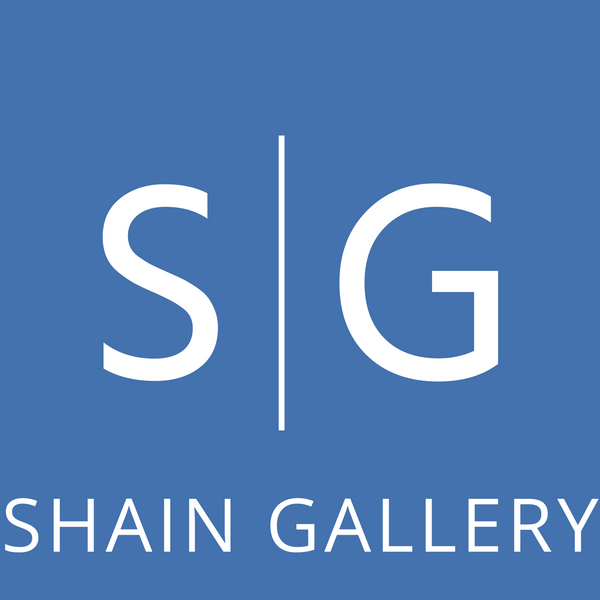-
Time Woven in Paint
Vendor:Curt ButlerRegular price $9,200.00 USDRegular priceUnit price per -
Field of Memory
Vendor:Curt ButlerRegular price $9,200.00 USDRegular priceUnit price per -
The Blue Haven
Vendor:Curt ButlerRegular price $7,500.00 USDRegular priceUnit price per -
Quiet Passage
Vendor:Curt ButlerRegular price $5,500.00 USDRegular priceUnit price per -
Heritage Sky
Vendor:Curt ButlerRegular price $5,800.00 USDRegular priceUnit price per -
Echoes of the Blue Ridge
Vendor:Curt ButlerRegular price $14,500.00 USDRegular priceUnit price per -
Traces in the Sand
Vendor:Curt ButlerRegular price $1,200.00 USDRegular priceUnit price per -
Watchful Wader
Vendor:Curt ButlerRegular price $1,200.00 USDRegular priceUnit price per -
Sentinel of the Shore
Vendor:Curt ButlerRegular price $1,200.00 USDRegular priceUnit price per -
Ripples of Reflection
Vendor:Curt ButlerRegular price $1,200.00 USDRegular priceUnit price per -
The Herald
Vendor:Curt ButlerRegular price $2,400.00 USDRegular priceUnit price per -
The Sentinel
Vendor:Curt ButlerRegular price $2,400.00 USDRegular priceUnit price per -
Barn in Blue
Vendor:Curt ButlerRegular price $6,200.00 USDRegular priceUnit price per -
Barn in Green
Vendor:Curt ButlerRegular price $9,200.00 USDRegular priceUnit price per
Contact Us
“Curt received both a B.A from Kent State University and a M.F.A from Savannah College of Art and Design. He has taught at various institutions including Braitman Studio, Gaston Day School, Gaston College and Gaston School of the Arts. In 2004, he was recognized and honored with Teacher of the Year award at Gaston Day School. He has also hosted a number of guild workshops throughout the South East for art students as well as professional artists. He considers himself an artist who teaches and enjoys sharing his passion and knowledge with others to create a journey for someone else.
His own journey has lead him to start his own business called Butler Studio, where he creates between 90 to 120 paintings a year for galleries, corporations and private collections. In 2009, Butler Studio opened a gallery/studio in downtown Gastonia where he currently teaches small classes and paints full time.
His interest in impasto and scumbling techniques is evident in his currently medium of oil and encaustic. The word encaustic literally means to “burn in” and involves a heating tool of some kind with the addition of colored pigments or oil paints mixed into the wax.
“I enjoy the play of carving back into the wax with a palette knife to create different textures. Heating up the wax allows me to fuse layers of paint to create a surface that is varied and complex. Each layer must be carefully fused to the next to ensure there is no cracking. Stand oil is routinely applied to the wax to give it a little flexibility and makes it possible to work on a canvas surface rather than board. I sometimes put the wax and pigment on cold and melt it with a heat gun, and at other times, I start with a hot wax directly on the canvas. I have found these techniques feel very sculptural in nature. At times, I am building up the surface and at other times, I am subtracting or carving into the surface of the paint. Encaustic painting with oil has given me the emotional response that I am currently seeking in my work. To be able to suggest a subject rather than illustrate it, to literally feel the surface of the paint and to be able to engage the viewer from a distance, and yet retain them when they are close are all reasons I choose to work the way I do.”
His work has been represented in numerous permanent collections including Dallas Art Museum, Daniel Stowe Botanical Gardens, Gaston Day Gallery, and Duke University Cancer Center. ”
His own journey has lead him to start his own business called Butler Studio, where he creates between 90 to 120 paintings a year for galleries, corporations and private collections. In 2009, Butler Studio opened a gallery/studio in downtown Gastonia where he currently teaches small classes and paints full time.
His interest in impasto and scumbling techniques is evident in his currently medium of oil and encaustic. The word encaustic literally means to “burn in” and involves a heating tool of some kind with the addition of colored pigments or oil paints mixed into the wax.
“I enjoy the play of carving back into the wax with a palette knife to create different textures. Heating up the wax allows me to fuse layers of paint to create a surface that is varied and complex. Each layer must be carefully fused to the next to ensure there is no cracking. Stand oil is routinely applied to the wax to give it a little flexibility and makes it possible to work on a canvas surface rather than board. I sometimes put the wax and pigment on cold and melt it with a heat gun, and at other times, I start with a hot wax directly on the canvas. I have found these techniques feel very sculptural in nature. At times, I am building up the surface and at other times, I am subtracting or carving into the surface of the paint. Encaustic painting with oil has given me the emotional response that I am currently seeking in my work. To be able to suggest a subject rather than illustrate it, to literally feel the surface of the paint and to be able to engage the viewer from a distance, and yet retain them when they are close are all reasons I choose to work the way I do.”
His work has been represented in numerous permanent collections including Dallas Art Museum, Daniel Stowe Botanical Gardens, Gaston Day Gallery, and Duke University Cancer Center. ”















